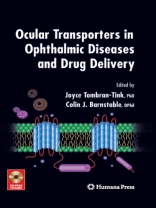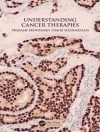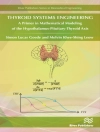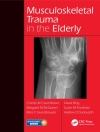Detection and responses to light are common features found throughout the plant and animal kingdoms. In most primitive life forms, a patch of light-sensitive cells make up a region containing a cell sheet devoid of any specialized anatomical structure. With the development of the eyes in more advanced life forms, light-sensing structures became more complex but primitive eyes are still in contiguity with other body tissues and fluids. The evolution of the eyeball promoted an increase in visual acuity and visual processing that, in turn, allowed vision to become the dominant sensory system for many species, including humans. The formation of a totally enclosed structure, however, required a unique set of solutions to enable the eye to control its environment. Like most organs, the eye evolved a series of homeostatic mechanisms to regulate its environment within tightly controlled limits. Unlike most organs, however, this advanced light-sensing structure has a series of requirements that place a tremendous burden on molecules that are responsible for controlling ocular homeostasis. There are many sig naling molecules and pathways that work in parallel or through crosstalk to maintain the normal ocular environment required for visual function. Perhaps none are so critical as the group of membrane molecules that are collectively termed transporters. These molecules are responsible for the controlled and selective movements of ions, nutrients, and fluid across various ocular layers necessary to optimize the internal milieu to p- serve visual function.
Table of Content
Transport in the Anterior Segment.- Aquaporins and Water Transport in the Cornea.- Roles of Corneal Epithelial Ion Transport Mechanisms in Mediating Responses to Cytokines and Osmotic Stress.- Vitamin C Transport, Delivery, and Function in the Anterior Segment of the Eye.- Transporters of the Ciliary Epithelium.- Mechanisms of Aqueous Humor Formation.- Lens Transporters.- Membrane Transporters.- Lens Na+, K+-ATPase.- Transport Across the Blood–Retinal Barrier.- Pathophysiology of Pericyte-containing Retinal Microvessels.- Molecular Mechanisms of the Inner Blood-Retinal Barrier Transporters.- Transport Across the Retinal Pigment Epithelium.- Regulation of Transport in the RPE.- Glucose Transporters in Retinal Pigment Epithelium Development.- Ca2+ Channels in the Retinal Pigment Epithelium.- Taurine Transport Pathways in the Outer Retina in Relation to Aging and Disease.- P-Glycoprotein Expression and Function in the Retinal Pigment Epithelium.- Transporters in the Retina.- The Retinal Rod NCKX1 and Cone/Ganglion Cell NCKX2 Na+/Ca2+-K+ Exchangers.- Excitatory Amino Acid Transporters in the Retina.- Localization and Function of Gamma Aminobutyric Acid Transporter 1 in the Retina.- Genetic Variants of Ocular Transporters.- Biochemical Defects Associated with Genetic Mutations in the Retina-Specific ABC Transporter, ABCR, and Macular Degenerative Diseases.- Glutamate Transporters and Retinal Disease and Regulation.- Glutamate Transport in Retinal Glial Cells during Diabetes.- Ocular Drug Delivery.- The Emerging Significance of Drug Transporters and Metabolizing Enzymes to Ophthalmic Drug Design.- Barriers in Ocular Drug Delivery.- Ophthalmic Applications of Nanotechnology.- Vitamin C Transporters in the Retina.- The Plasma Membrane Transporters and Channels of Corneal Endothelium.
About the author
Colin J. Barnstable, D.Phil., is Professor and Chair, Department of Neural and Behavioral Sciences Director, Penn State Hershey Neuroscience Research Institute and Co-Director, Penn State Neuroscience Institute
Joyce Tombran-Tink, Ph D, Department of Neural and Behavioral Sciences, Penn State Hershey Neuroscience Research Institute and Co-Director, Penn State Neuroscience Institute












